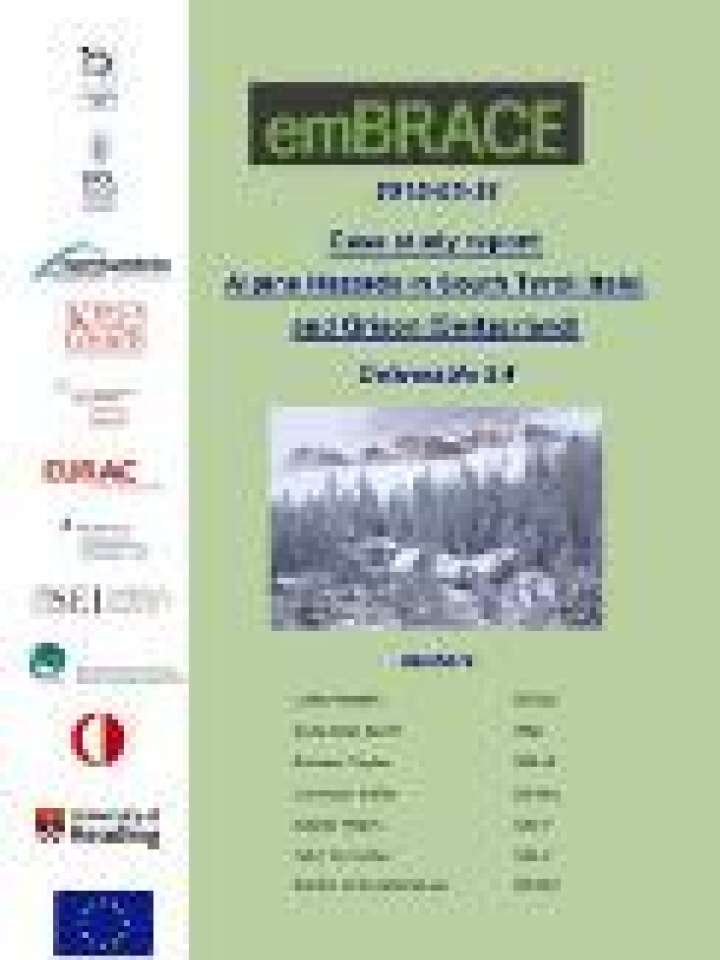This case study addresses the specific situation of alpine areas, where communities and valleys are typically prone to a range of natural hazards (avalanches, debris flows, landslides, rockfalls) at the same time.
The emBRACE project aims to build resilience to disasters amongst communities in Europe. Based on previous research in the area, in this case study, emBRACE tested methods to assess and model resilience in this specific alpine context. In particular, the research focused on assessing resilience at the municipality/community and provincial/cantonal level with respect to multiple hazards (e.g. precautionary measures, multi-hazard maps, contingency plans for cascading hazards, economic effects) and on assessing capacities needed to cope with the multiple socio-economic impacts of cascading hazards.
In the Swiss part, the assessment of community and cantonal resilience included the assessment of respective policies, capacities and social learning among actors. Protective, preventive, adaptive and transformative social protection measures, which have potential for disaster risk reduction and increasing adaptive capacity, were identified. In the Italian part, socio-ecological modeling for better risk management was performed.
